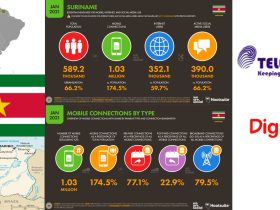
Australia Passenger Transport Companies
Australia’s passenger transport industry plays a crucial role in connecting people across vast urban and rural regions. This sector includes a diverse range of services such as buses, trains, trams, ferries, taxis, ride-shares, and airlines. The industry is comprised of both government-operated and private companies, with a focus on ensuring accessibility, efficiency, and sustainability.
1. Major Urban Public Transport Operators:
In major Australian cities, public transport is largely managed by state governments through contracts with private companies. For example, in Sydney, the New South Wales Government contracts Transdev, Keolis Downer, and Busways to operate buses, ferries, and light rail systems. The Sydney Trains network, while government-run, collaborates with private maintenance and service providers.
Melbourne, the capital of Victoria, has one of the world’s largest tram networks, operated by Yarra Trams (a subsidiary of Keolis Downer). Its trains are run by Metro Trains Melbourne, a consortium that includes MTR Corporation from Hong Kong. Ventura Bus Lines and CDC Victoria are key players in Melbourne’s extensive bus system.
Brisbane, in Queensland, has a robust bus and ferry network, with Transport for Brisbane managing services, and private operators such as Transdev Queensland also contributing. Queensland Rail manages long-distance and urban train services across the state.
2. Long-Distance and Regional Transport:
Regional and interstate travel is dominated by rail and coach services. NSW TrainLink and V/Line (in Victoria) provide regional rail services, while Journey Beyond Rail Expeditions offers luxury cross-country train experiences like The Ghan and Indian Pacific. For road travel, companies like Greyhound Australia and Premier Motor Service provide intercity and interstate coach services.
3. Taxis and Ride-Sharing Services:
Traditional taxi companies such as 13CABS and Silver Top Taxis remain significant, though they now compete with ride-share platforms like Uber, Ola, DiDi, and Bolt, which have rapidly grown in popularity across Australian cities. These services offer flexibility and digital convenience to users, often complementing public transport.
4. Aviation and Ferries:
Australia’s domestic air travel is a critical part of passenger transport due to the country’s size. Qantas, Virgin Australia, Rex Airlines, and Bonza serve major routes. In coastal cities like Sydney and Brisbane, ferries also play a vital role. Transdev Sydney Ferries and RiverCity Ferries (operated by Transdev in Brisbane) connect communities via waterways.
In conclusion, Australia’s passenger transport sector is dynamic and multifaceted, with numerous companies working in tandem with governments to ensure safe, reliable, and inclusive mobility solutions. The industry continues to evolve with growing investment in electric vehicles, integrated ticketing systems, and infrastructure upgrades aimed at enhancing connectivity across the nation.





Leave a Reply